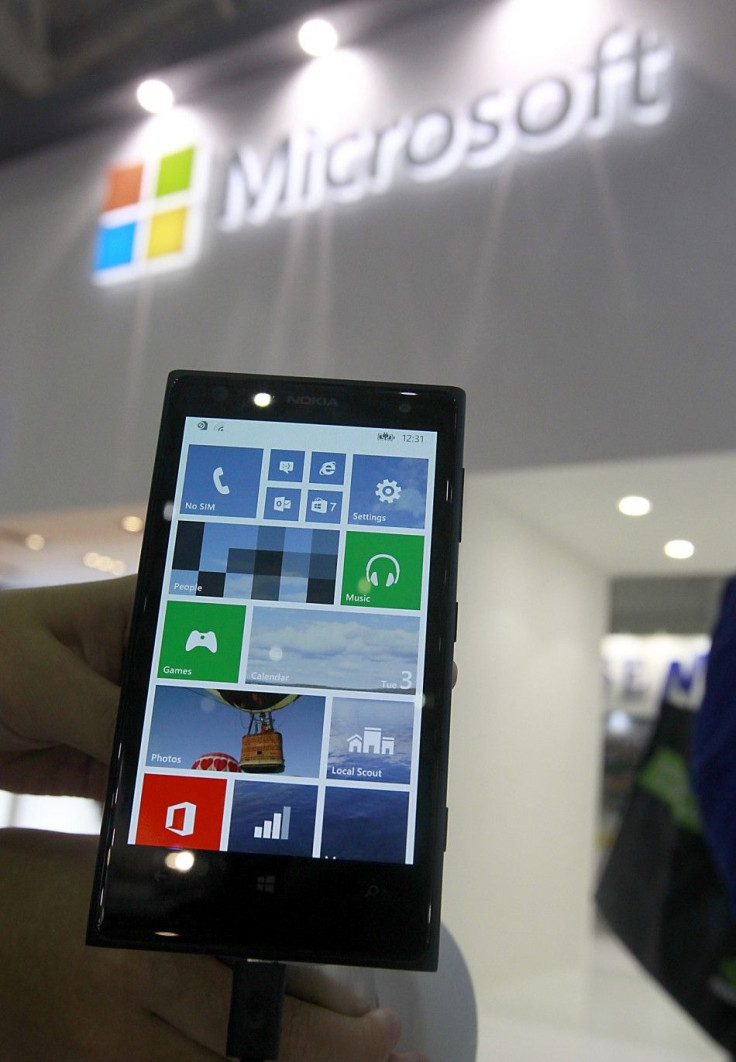Nokia XL (Dual-Sim) vs. Nokia X (Dual-Sim) – Specifications and Price Comparison

Microsoft's budget-friendly Android smartphones are a huge hit in many countries across the globe, especially in the emerging markets. Both Nokia X and Nokia XL were launched in February 2014. These handsets pack killer features, great software/hardware performances and impressive price tags.
The difference between the Nokia X+ and the Nokia X/XL handsets is that, Nokia X has better specifications than Nokia X+, while the Nokia XL is bigger than other two phones in size. Readers who are interested in purchasing one of Nokia XL or the Nokia X handsets should check out this specification and price comparison.
Display, Exterior and Size
The Nokia X features a 4 inches IPS LCD display, with a screen resolution of 480 x 800 pixels. The Nokia XL, on the other hand, comes with a bigger 5 inches IPS LCD display bundled with the same resolution as Nokia X. The pixel density of Nokia X and XL stand at 233 ppi and 187 ppi respectively.
The Nokia X handset is impressively bright and it feels solid on the hands. The exterior of the phone is made of plastic. Nevertheless, the plastic material on the phone is quite hard, and at the same time it is not scratch-prone. The Nokia XL, on the other hand, resembles Nokia X with the same plastic exterior. However, the handset is quite hefty and because of the sheer size, it is not easy on the hands. With a weight of 190 g, Nokia XL is extremely heavier than many other budget-friendly phones available in the market. As a silver lining, the construction quality is first-rate. Also, the finish of the handset can be compared to high-end phones and there are no rough corners, providing the look of a premium phone.
The thickness and the weight of Nokia X are 0.41 inches and 129 g respectively, whereas the Nokia XL is 0.43 inches thick and weighs 190 g. Hence, Nokia X is thinner and lighter when compared to Nokia XL.
Hardware, Software and Memory
Both the phones are powered by dual-core (Qualcomm Snapdragon S4) ARM Cortex-A5 processor, clocked at 1 GHz. However, the difference comes in the form of RAM configuration; the Nokia X comes with 512 MB of RAM, while the Nokia XL comes with a slightly better 768 MB of RAM. In addition, both the phones run on Nokia X 1.0 UI on top of Google's Android OS. Also, both the phones come with 4 GB of internal storage, with microSD card support for expansion up to 32 GB.
Camera and Battery
The Nokia XL sports a 5 MP rear-facing camera, while the Nokia X sports a 3 MP rear-facing camera unit. While the Nokia XL houses a 2 MP front-facing camera, the Nokia X does not come with a secondary camera unit at all. Also, Nokia XL's camera comes with LED flash, while the Nokia X doesn't.
The Nokia X houses a Li-Ion 1500 mAh user-replaceable battery unit, while the Nokia XL houses a relatively better 2000 mAh user-replaceable battery unit. The Nokia X can pack up to 13 hours of talk-time, whereas the Nokia XL can provide up to 16 hours of talk-time. In addition, Nokia XL churns out a stupendous stand-by time of 30 days, while the Nokia X can only provide 17 days of stand-by time.
Connectivity and SIM
Both the phones support Bluetooth 3.0, Wi-Fi 802.11 b/g/n, mobile hotspot and USB charging. Also, both the handsets support dual-sim mode and micro-sim type.
Colour
Both the phones come in bright and fresh colours like red, green, blue, yellow, white, and black. However, not all colours are widely available.
Price
The Nokia X 4 GB (Dual-Sim) is priced at AU$169.95, while the Nokia XL 4 GB (Dual-Sim) can be purchased at AU$229.95 in Australia.





















